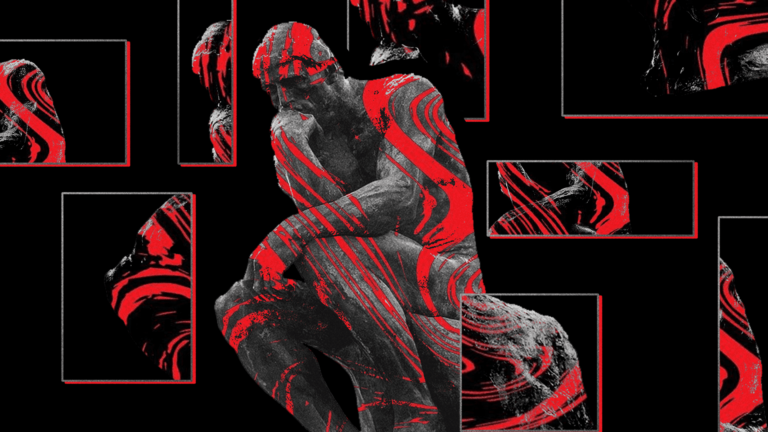5 days a week I’d finish a sandwich at lunch. I’d then be left with around a foot of cling wrap to play with. Naturally, I would stick my tongue through it… and it would always reach a point where it stretched just enough to not poke through but would always relent. My tongue would then BURST through to the other side.
Now– I was 6 when this all happened, but this notion still reigns true today (not that I still stick my tongue through cling wrap… as far as you know).
There are constantly moments where things almost push through, the wrap pushes back, but then it relents.
Let me explain:
Intel CEO Andrew Grove highlights strategic inflection points as moments in time change is inevitable, but yet to happen. It’s like that sinking feeling when you know a relationship is on its last legs, but you’re still in it.
He posits that it’s the job of great leadership to identify when these points are happening prior to the change taking place. It’s a tricky job since reality morphs in front of us and by the time we recognize the moment… it’s already past.
This isn’t some woo prediction stuff either, but rather it’s a framework for understanding change.
There are points in time where reality is about to break through the cling wrap, but hasn’t yet. Recognizing those moments are key to safeguarding your business, or identifying emergent phenomena. It has even more applications to moments of transitions in your life! So when you identify these moments it’s vital that you spur into action. The future is dependent on it. Some things can’t be undone.
Similarly, the edge of chaos is a notion developed by Mitchell Waldrop in Complexity that represents the interplay of chaos and order. He says that complex adaptive systems exist between the two. This creates an environment for emergence to occur through a process of integration and disintegration.
When something exists within this state it can create an interactive process of bouncing between order and chaos in order to continuously integrate and disintegrate. This is the environment which causes strategic inflection points to occur.
These things are difficult to identify but have real practical applications to governance. It’s the job of good management to identify when these changes occur to safeguard their shareholders interest.
Private Equity can use this also to identify when portfolio companies are in sectors with on the cusp of massive institutional change. Next time you see the dawn of massive change, capitalize on the inflection point which is about to develop. You’ll be able to influence the future in a meaningful way.
Oh! I see one now! The next major inflection point is you signing up to our newsletter (you shrewd little fox)! 










